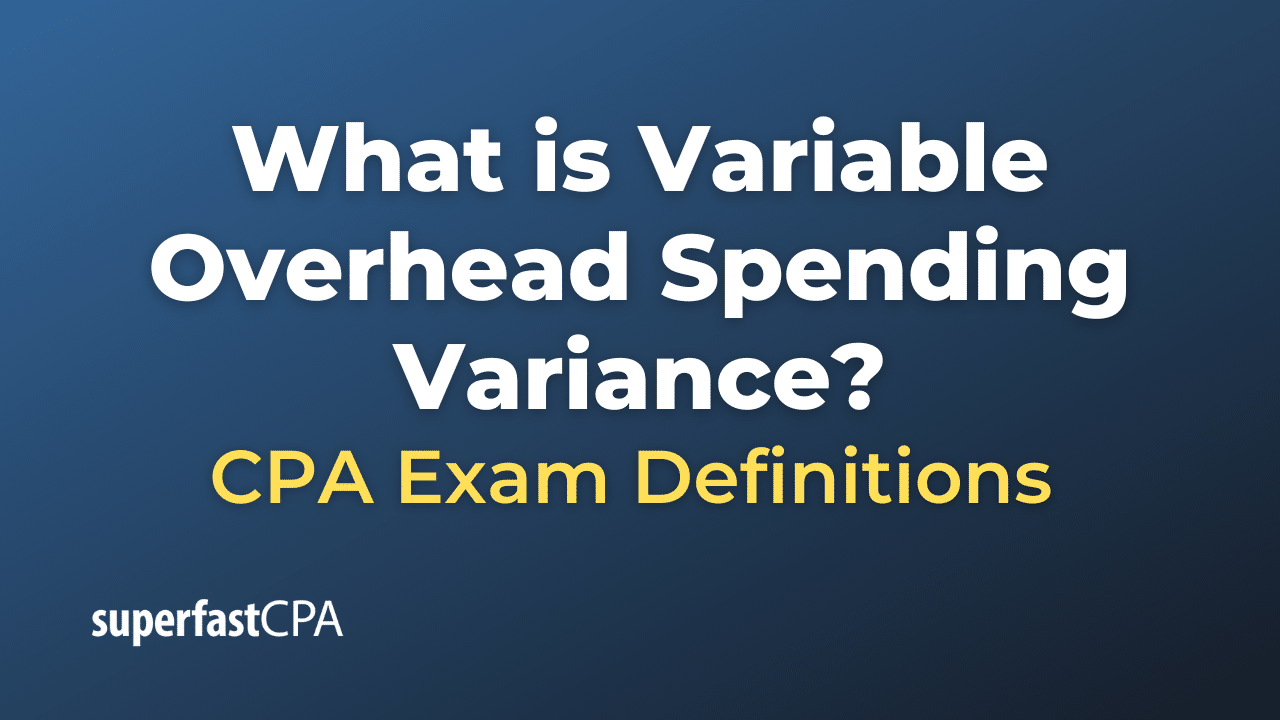
Our work has been directly cited by organizations including Entrepreneur, Business Insider, Investopedia, Forbes, CNBC, and many others. Our goal is to deliver the most understandable and comprehensive explanations of financial topics using simple writing complemented by helpful graphics and animation videos. Finance Strategists is a leading financial education organization that connects people with financial professionals, priding itself on providing accurate and reliable financial information to millions of readers each year. This team of experts helps Finance Strategists maintain the highest level of accuracy and professionalism possible. At Finance Strategists, we partner with financial experts to ensure the accuracy of our financial content. The articles and research support materials available on this site are educational and are not intended to be investment or tax advice.
Fixed Overhead Variance
For example, the company ABC, which is a manufacturing company, incurs $11,000 of variable overhead costs with 480 direct labor hours of works during September. The company ABC has the standard variable overhead rate of $20 per direct labor hour. Calculate variable overhead spending variance if actual labor hours used are 130, standard variable overhead rate is $9.40 per direct labor hour and actual variable overhead rate is $8.30 per direct labor hour. Using the flexible budget, we can determine the standard variable cost per unit at each level of production by taking the total expected variable overhead divided by the level of activity, which can still be direct labor hours or machine hours. Variable overhead spending variance is the difference between actual variable overhead cost, which is based on the costs of indirect materials involved in manufacturing, and the budgeted costs called the standard variable overhead costs.
Ask a Financial Professional Any Question

Another variable overhead variance to consider is the variable overhead efficiency variance. In this example, the Variable Overhead Spending Variance is $800, which is an unfavorable variance. This means that the company spent $800 more on variable overhead costs than expected, based on the standard rate and the actual hours worked.
Variable Overhead Variance
For instance, increased production typically leads to higher energy consumption, impacting the overall variable overhead. Monitoring these utility expenses is crucial for managing costs effectively, as they can fluctuate with both production levels and external factors like energy prices. Another component is indirect labor, which encompasses wages for employees who are not directly involved in production but whose roles are indispensable to the manufacturing process. Their work ensures that production lines run efficiently and that products meet quality standards, thereby indirectly influencing production costs. In case of a negative variable overhead spending variance, production department is usually responsible. An unfavorable variance may occur if the cost of indirect labor increases, cost controls are ineffective, or there are errors in budgetary planning.
- In this case, the level of activity can either be labor hours or machine hours as it is paired in the formula that has the hours worked in it.
- If Connie’s Candy produced \(2,200\) units, they should expect total overhead to be \(\$10,400\) and a standard overhead rate of \(\$4.73\) (rounded).
- This could be for many reasons, and the production supervisor would need to determine where the variable cost difference is occurring to make production changes.
- Regularly reviewing supplier performance and contract terms ensures that businesses are getting the best value for their expenditures.
- Managing variable overhead spending variance is important for businesses aiming to maintain financial efficiency and optimize resource allocation.
How Liam Passed His CPA Exams by Tweaking His Study Process
The standard overhead rate is the total budgeted overhead of \(\$10,000\) divided by the level of activity (direct labor hours) of \(2,000\) hours. If Connie’s Candy only produced at \(90\%\) capacity, for example, they should expect total overhead to be \(\$9,600\) and a standard overhead rate of \(\$5.33\) (rounded). If Connie’s Candy produced \(2,200\) units, they should expect total overhead to be \(\$10,400\) and a standard overhead rate of \(\$4.73\) (rounded). The variable overhead variance is a measure of the difference between the standard variable overhead costs and the actual variable overhead costs incurred for a given period. Furthermore in a standard costing accounting system, variable overhead has two main variances, the variable overhead rate variance and the variable overhead efficiency variance.
Clearing the Variable Overhead Variance Accounts
Possible reasons for the unfavorable variance could be an increase in utility rates, an unanticipated rise in the cost of supplies like lubricants or cleaning materials, or temporary labor that was more expensive than planned. Negotiating favorable terms and maintaining open lines of communication with suppliers can help mitigate the impact of price fluctuations on indirect materials. Long-term contracts with fixed pricing can provide stability in pricing, while diversified i filed using turbotax live deluxe to see if tax sourcing strategies can reduce reliance on a single supplier, minimizing risk. Regularly reviewing supplier performance and contract terms ensures that businesses are getting the best value for their expenditures. Beyond the income statement, persistent variances can lead to adjustments in the balance sheet. For instance, if overspending on variable overhead leads to the accumulation of unpaid bills or increased reliance on credit, liabilities may rise.
However, the forecast is not always free of errors for several reasons, and the actual overheads incurred vary from the standard overheads. Initially the actual variable overhead expense (electricity etc) would have been posted to the expense account with the usual entry of debit expense, credit accounts payable (not shown). Subsequently the journal above, allocates some of this expense (1,100) to production, this is represented by the credit entry to the expense account. By understanding this variance, the company can identify areas for improvement and potentially adjust its future budgets or negotiate better rates with suppliers to align actual costs with expectations. Inefficient use of resources, such as excessive waste or suboptimal scheduling, can inflate costs. Identifying and addressing these inefficiencies requires a thorough analysis of production processes and may involve implementing lean manufacturing techniques to streamline operations and reduce waste.
This formula takes the difference between the standard variable overhead rate and the actual variable overhead rate, and multiplies this by the actual quantity of units of variable overhead used. A positive variance is considered unfavorable, as it means that the actual variable overhead costs exceeded the expected costs. Conversely, a negative variance is favorable, indicating that the actual costs were less than expected. Specifically, fixed overhead variance is defined as the difference between standard cost and fixed overhead allowed for the actual output achieved and the actual fixed overhead cost incurred. The variance is calculated using the variable overhead efficiency variance formula.
Recall that the standard cost of a product includes not only materials and labor but also variable and fixed overhead. It is likely that the amounts determined for standard overhead costs will differ from what actually occurs. Variable overhead spending variance is favorable if the actual costs of indirect materials — for example, paint and consumables such as oil and grease—are lower than the standard or budgeted variable overheads. The amount of expense related to fixed overhead should (as the name implies) be relatively fixed, and so the fixed overhead spending variance should not theoretically vary much from the budget. However, if the manufacturing process reaches a step cost trigger point where a whole new expense must be incurred, this can cause a significant unfavorable variance. Also, there may be some seasonality in fixed overhead expenditures, which may cause both favorable and unfavorable variances in individual months of a year, but which cancel each other out over the full year.
By contrast, efficiency variance measures efficiency in the use of the factory (e.g., machine hours employed in costing overheads to the products). The applied overhead value represents the variable indirect expenses that would have been incurred if 4,500 hours had been estimated instead of 5,000 hours. This is the portion of volume variance that is due to the difference between the budgeted output efficiency and the actual efficiency achieved. In case of fixed overhead, the budgeted and flexible budget figures are exactly the same. The management would likely investigate this variance to identify the root cause.
When actual costs surpass budgeted amounts, the immediate impact is typically seen in reduced gross margins as operating expenses rise. This erosion of profitability can be concerning for stakeholders, as it may signal inefficiencies or mismanagement in cost control. Consequently, the income statement reflects a lower net income, which can influence investor perceptions and potentially affect stock prices.

